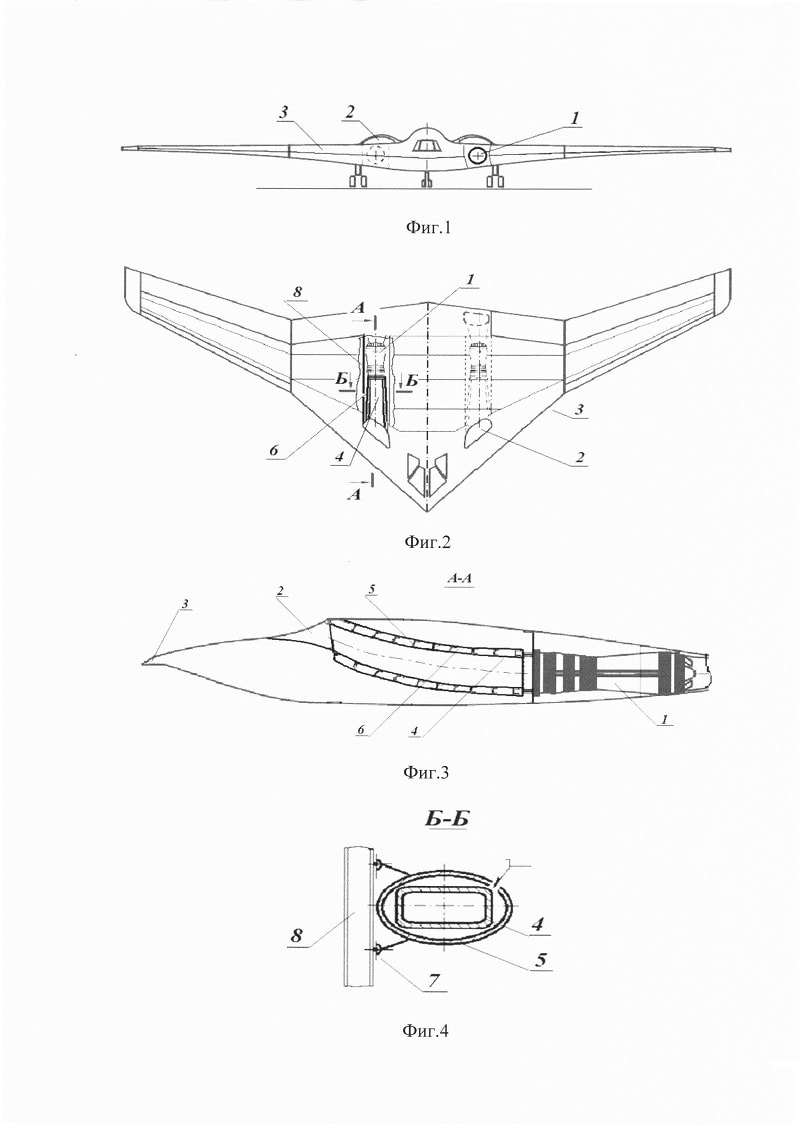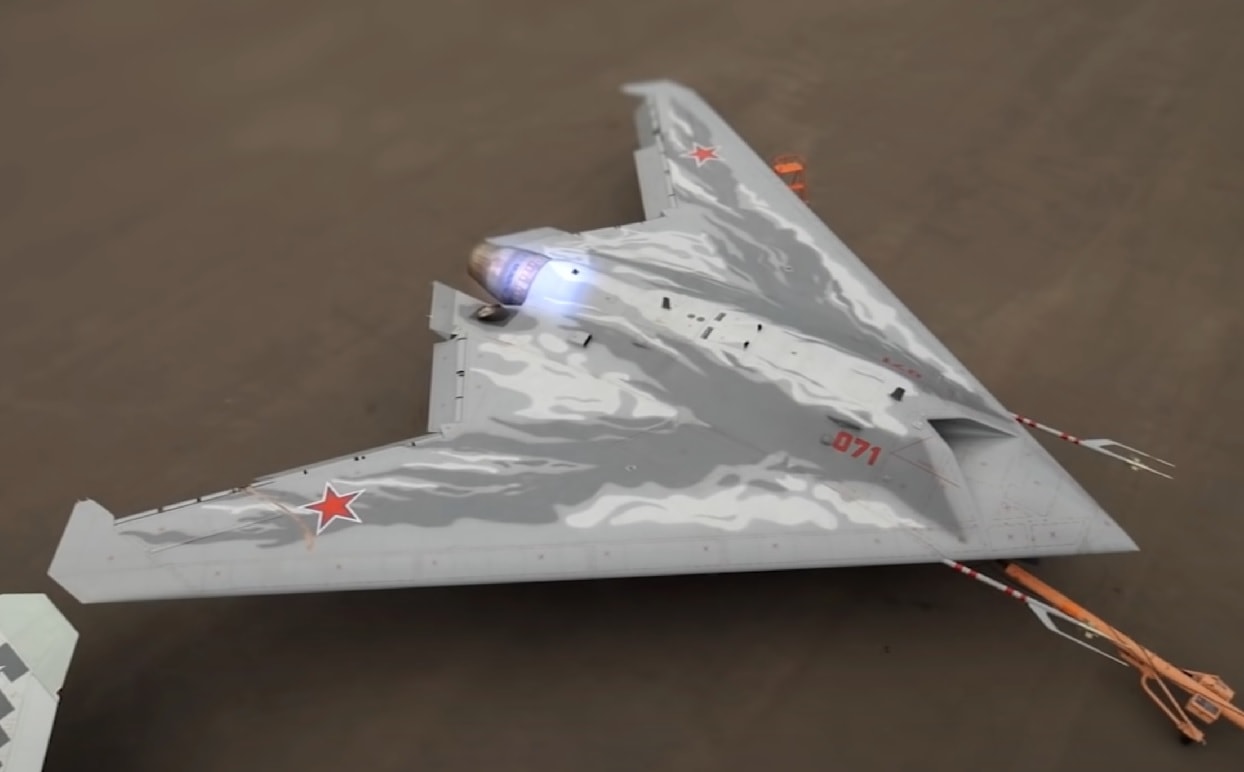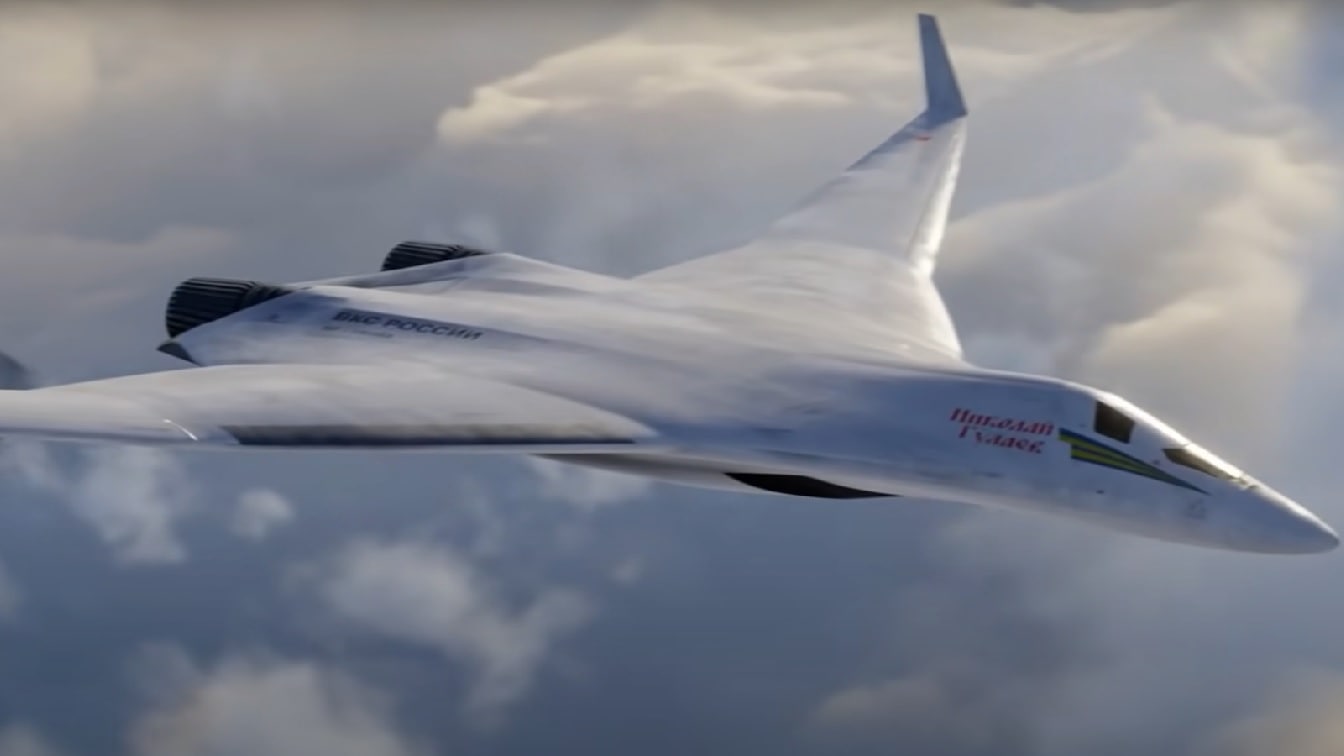New Details of Russia’s PAK DA Stealth Bomber Emerge – While little is known for certain about Russia’s Prospective Long-Range Aviation Complex, also known by its Russian acronym PAK DA (Perspektivnyi Aviatsionnyi Kompleks Dal’nei Aviatsii), possible details about the project and aircraft’s design continue to emerge. So what do we know when it comes to Moscow’s supposed new stealth bomber?
What is the PAK DA Intended to be?
Known additionally by its project codename Poslannik, which translates to envoy or messenger in English, the PAK DA project is intended by Moscow to create a bomber to update Russia’s aging fleet of Soviet-era aircraft such as the Tu-95MS and the Tu-160.
Development on the PAK DA began in 2008 and was declared by Russian President Vladimir Putin to be an entirely novel design, despite speculation that it might be based on the Tu-160.
The project is spearheaded by Russia’s Tupolev design bureau, which is part of the United Aircraft Corporation.
In August 2021, then-Deputy Prime Minister of Industry and Trade Denis Manturov said in an interview with Interfax that production of the first PAK DA prototype had begun.
According to Russian state media, the prototype which Manturov mentioned would be “ready by 2023,” and would feature an entirely new weapons system.
Russia hopes to begin serial production of the PAK DA by 2027, an extremely tight timeline considering Russia’s unfamiliarity with many of the critical technologies it intends to integrate into the aircraft, and its R&D resource constraints.
What do we Know About the PAK DA?
As of now, outside observers are forced to subsist on the development priorities Russia allows to trickle out.
Russia reportedly wants the PAK DA to be a challenge to U.S. dominance in stealth technology, which can be found in the U.S. B-2 bomber as well as the F-22 and F-35 stealth fighter aircraft.
In addition, the U.S. B-21 Raider stealth bomber development project is currently on schedule and under budget, and is slated to be revealed to the public before the end of the year.
However, as we know from the development of the Su-57, Russia has not mastered the technical aspects of building stealth aircraft, and it is hard to imagine that reality would be any different in the PAK DA project.
A Flying Wing
In keeping with the emphasis on stealth in the PAK-DA’s development, Tupolev’s design for the Poslannik reportedly takes the shape of a flying wing, similar to that of the B-2 and B-21.
When coupled with Russia’s development of the S-70 Okhotnik stealth drone, which also has a fixed-wing design, Russia has begun to make serious experiments with the flying wing layout.
If the PAK DA were to enter service, it would be the first aircraft in Russian service to see regular service with a flying wing configuration.
Russia has reportedly built a wooden scale model of the PAK DA, and has been experimenting with cockpit layouts.
New Details
According to The Drive’s Thomas Newdick, a Russian patent granted to Tupolev regarding an engine intake duct may provide a first glimpse at the design of the PAK DA (see below). The patent was first submitted to Russia’s Rospatent by Tupolev roughly a year ago, in August 2021, and was published in March 2022.

PAK-DA possible image. Image Credit: Yandex.
Illustrations submitted in the patent application depicted the intake duct in question within a flying wing aircraft. While it was not officially identified as the PAK DA, the illustration aircraft appeared to depict a design with low observability, but not total stealth as it has been publicized by Moscow before.
In particular, the pictured aircraft appears to lack any sort of specialized exhaust design, which would be necessary for the PAK DA to possess stealth characteristics. This is similar to early iterations of the S-70, where the aircraft’s exhaust design did not fit with the intended stealth profile of the drone.

Image: Screenshot from Russia State TV.
Will the PAK DA Truly Ever Fly? Who Knows
However, the later Okhotnik-B variant of the drone included a new exhaust which likely lend the drone better stealth capabilities.
It is almost guaranteed that the PAK DA’s Tupolev engineers will continue to tweak the design of the PAK DA, whether or not the engine intake duct patent granted to Tupolev is actually representative of the aircraft.
However, as seen in projects like the Su-57 or the modernization Moscow’s Tu-160s, Russia’s industrial capability and resources available to it are stretched thin. Russian military leaders will likely need to make hard decisions in the future about which projects to prioritize, and it is very possible that they will take the bird in hand (modernizing existing bombers) over the two in the bush (developing stealth bombers from scratch).
Wesley Culp is a Research Fellow at the Center for the Study of the Presidency and Congress. He regularly writes on Russian and Eurasian leadership and national security topics and has been published in The Hill as well as in the Diplomatic Courier. He can be found on Twitter @WesleyJCulp.

